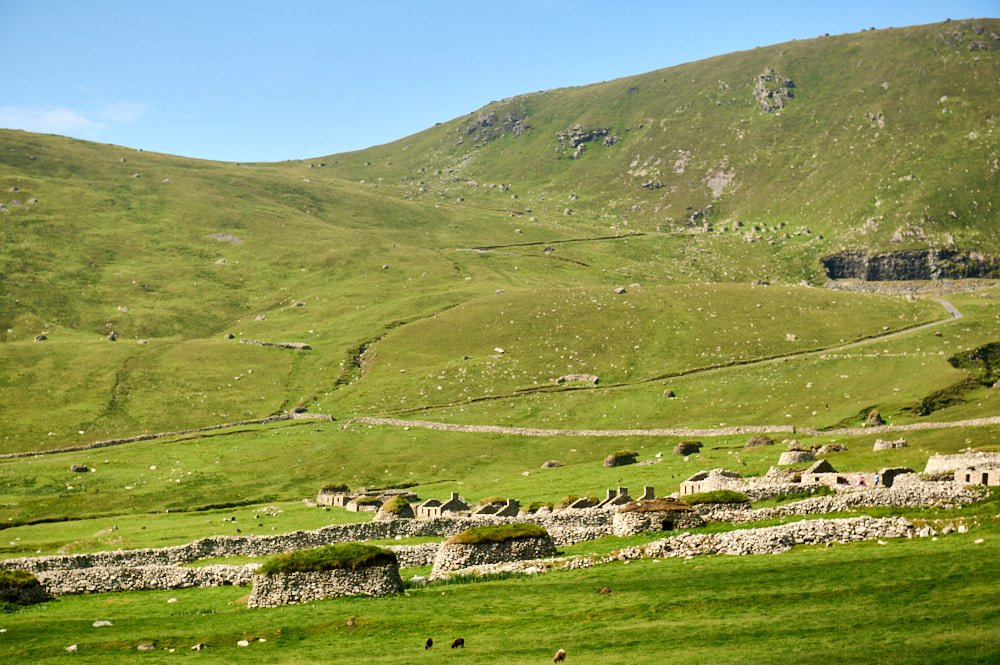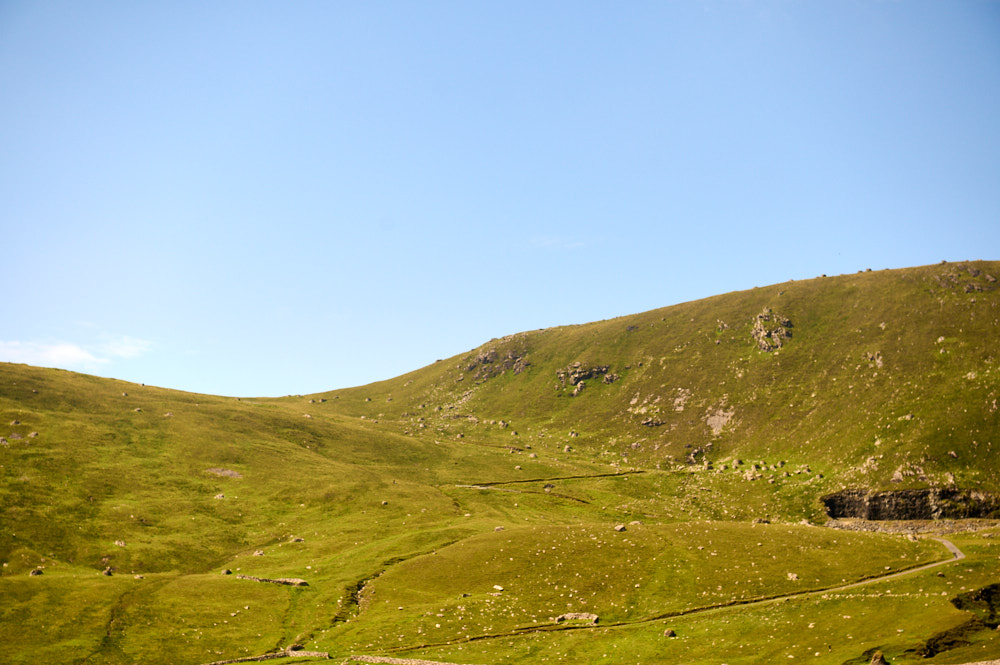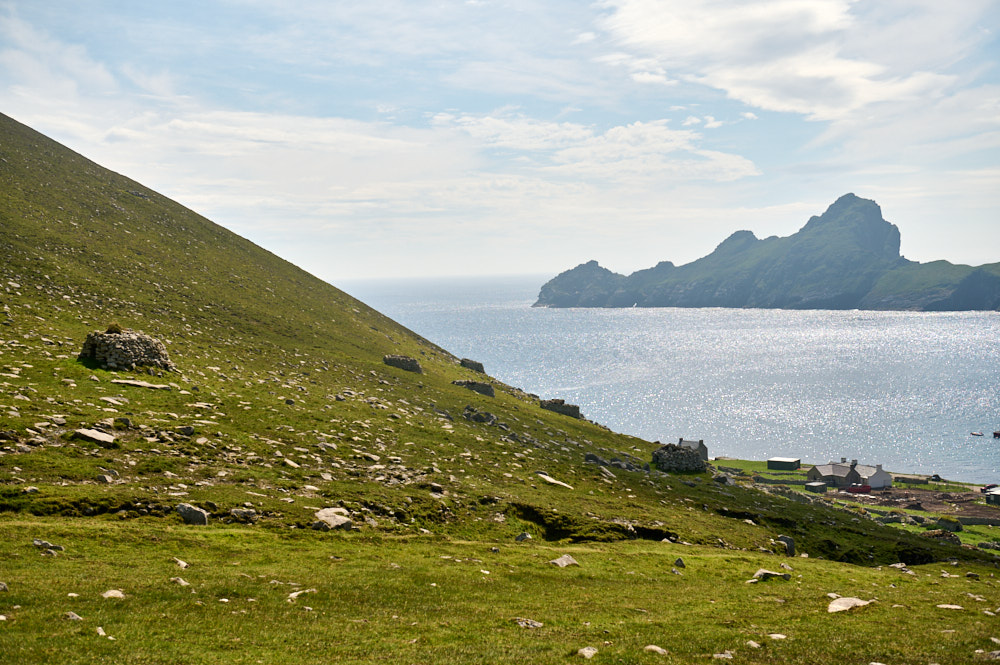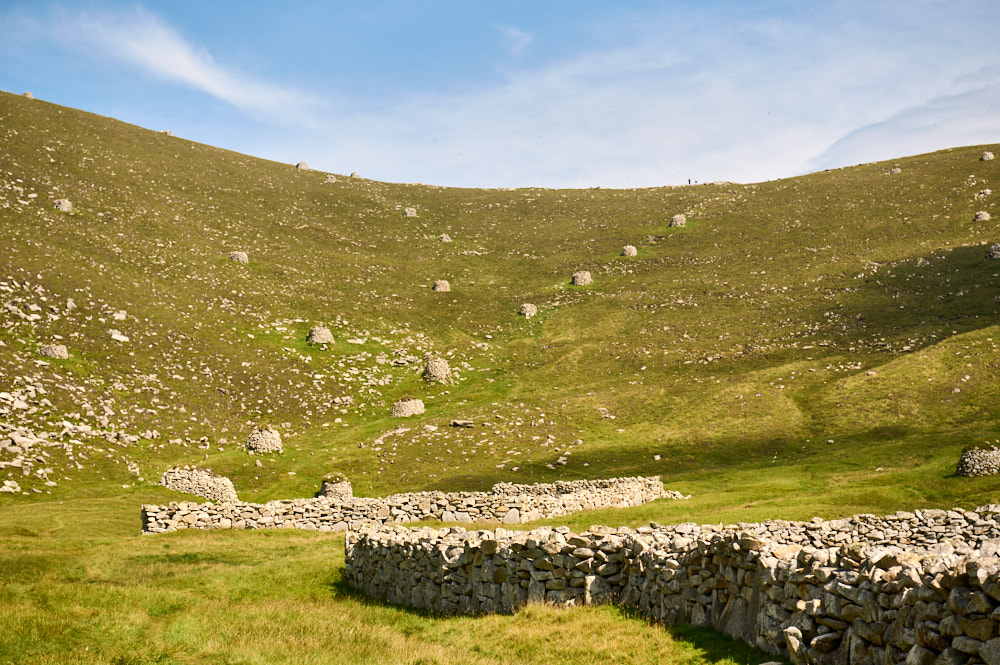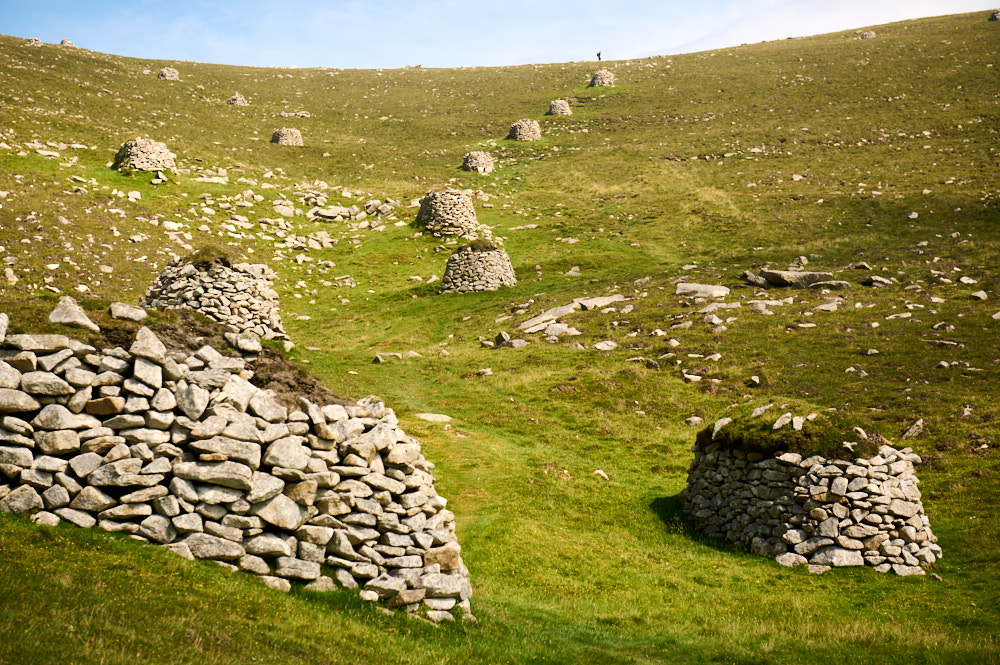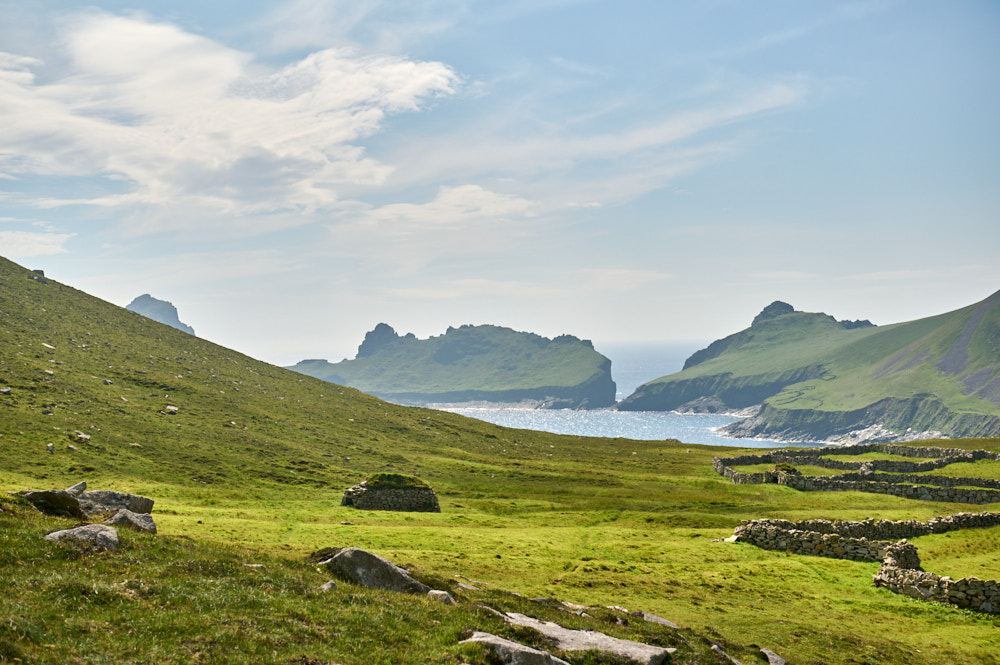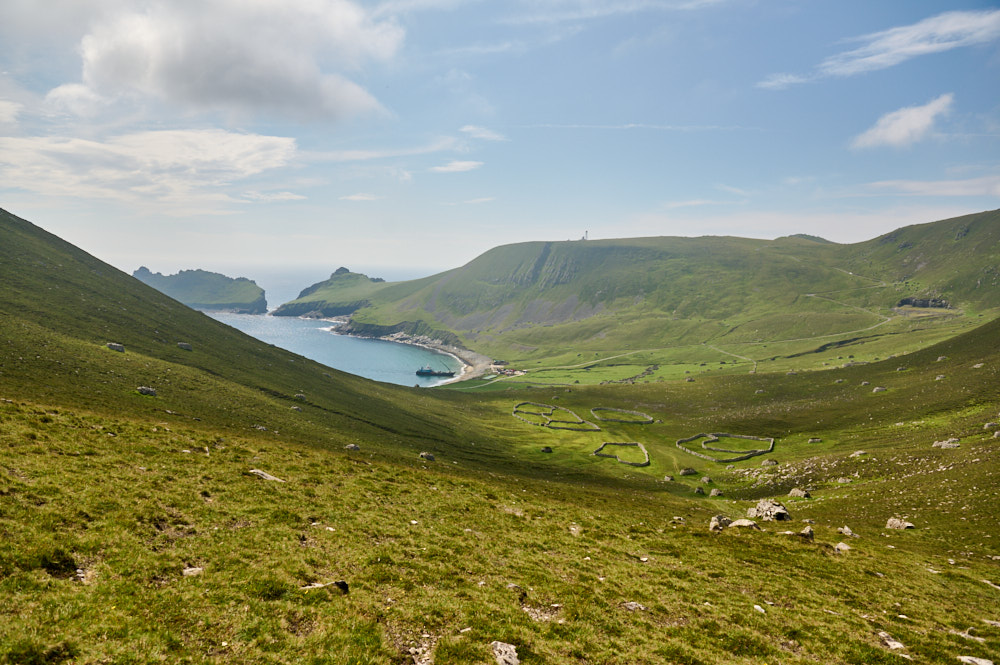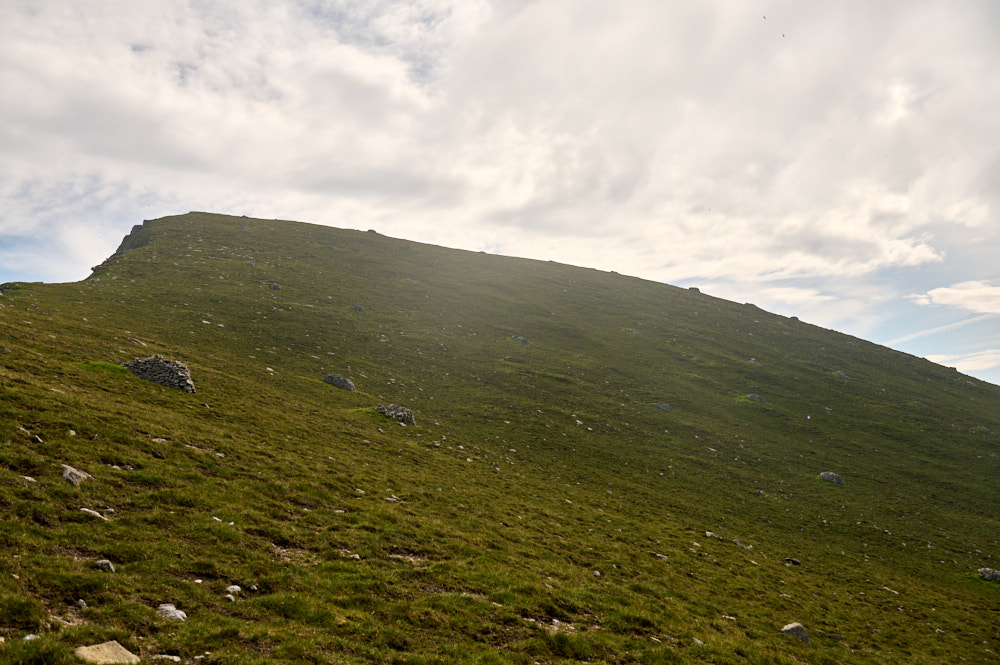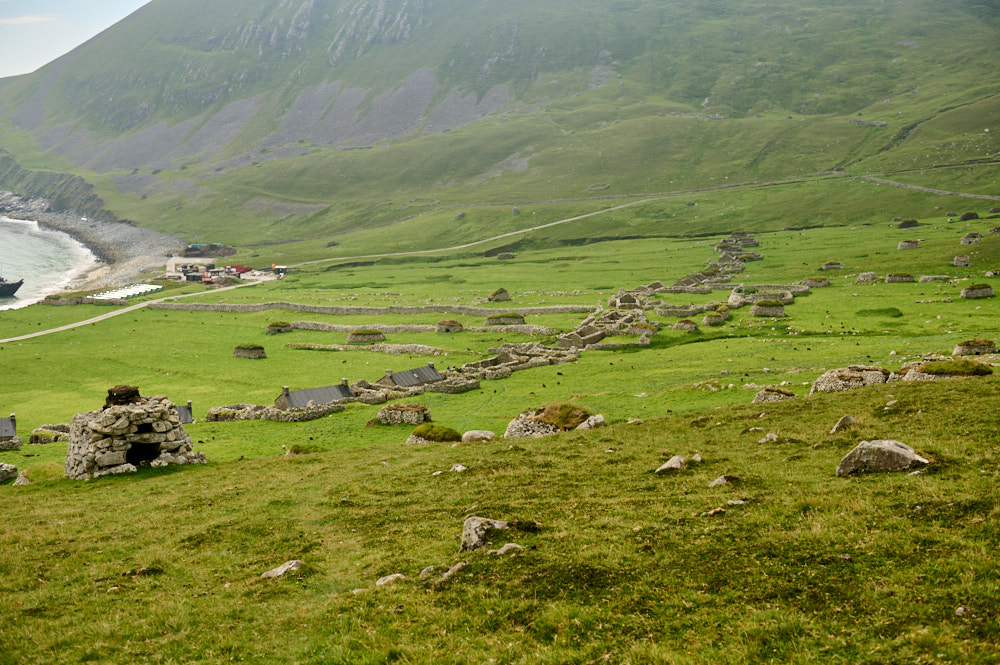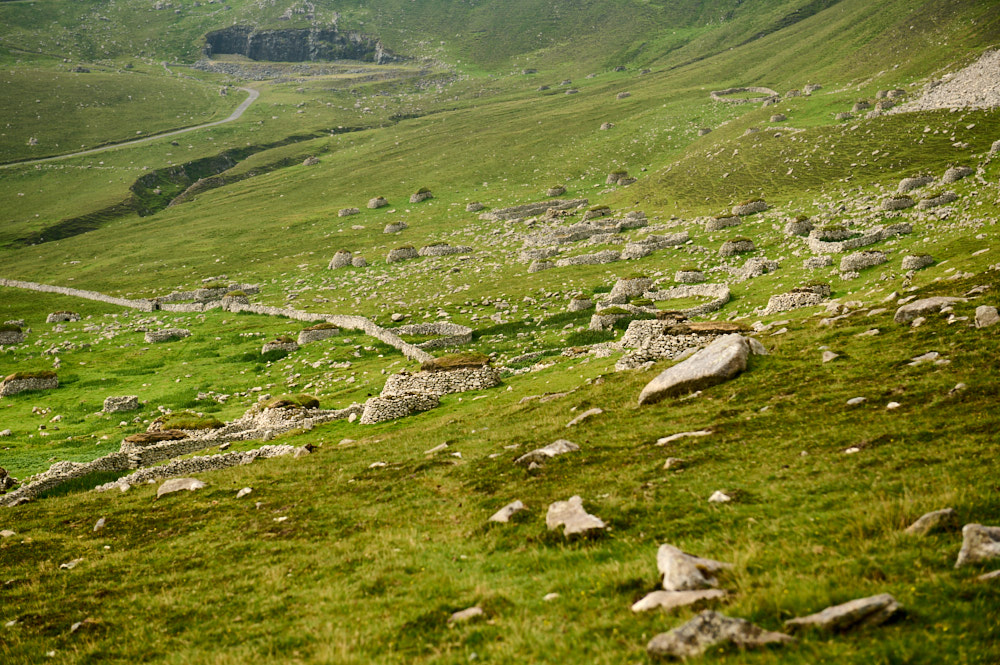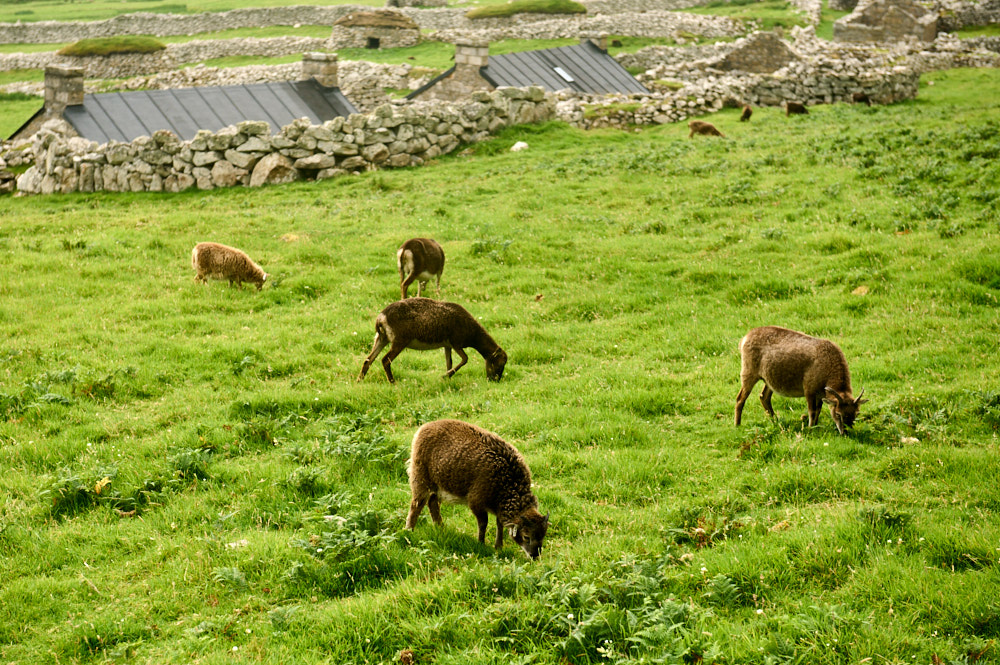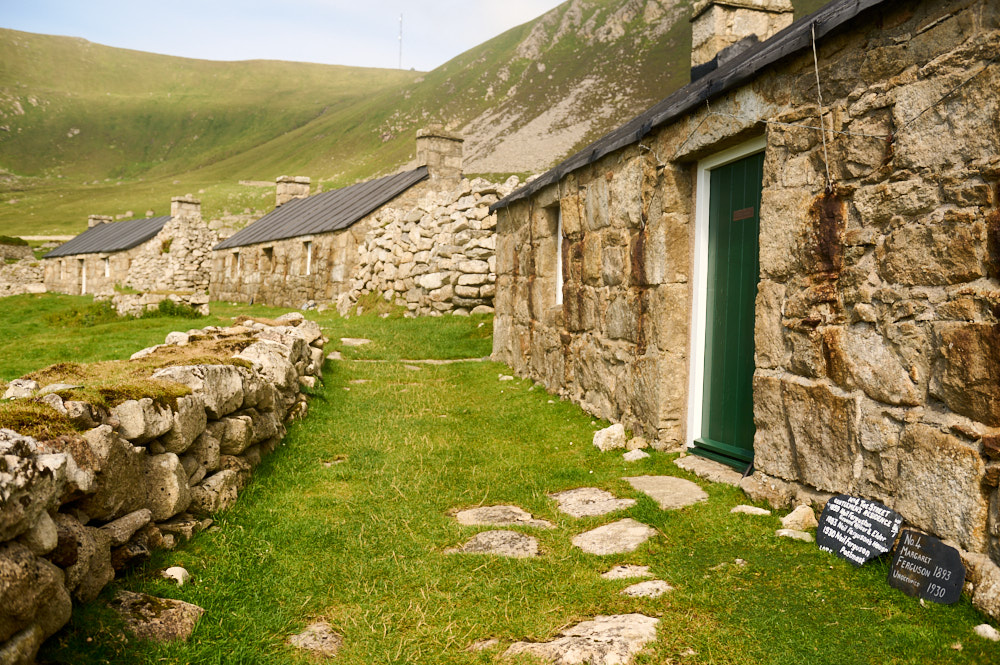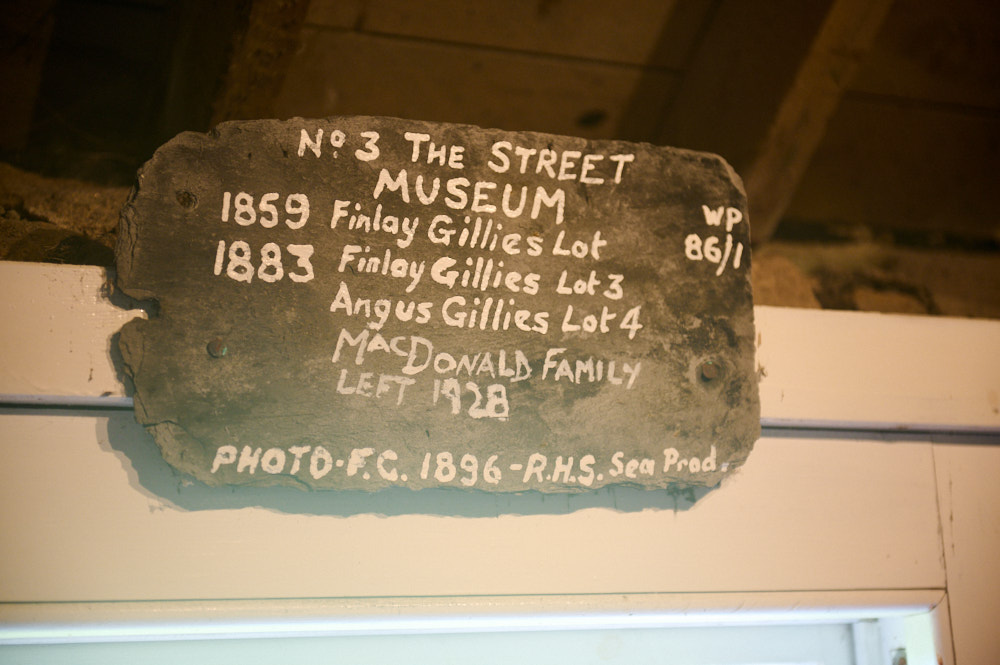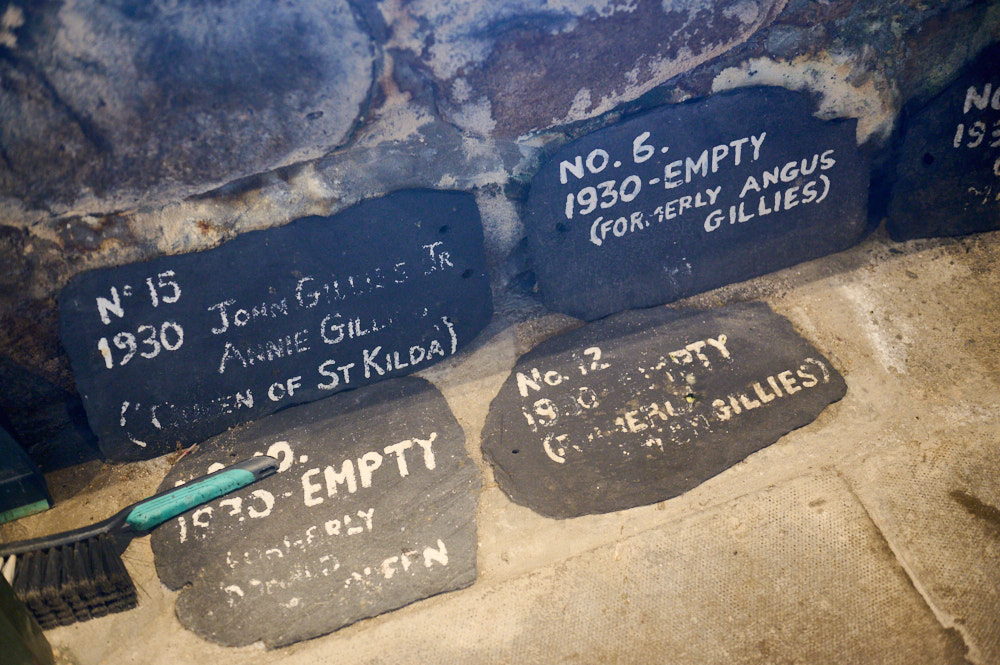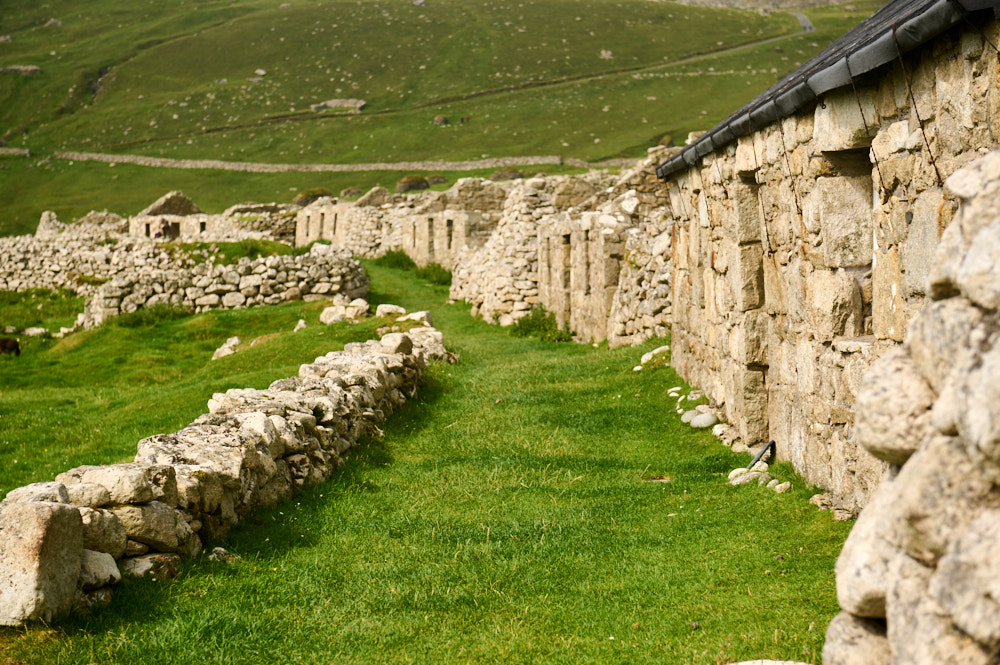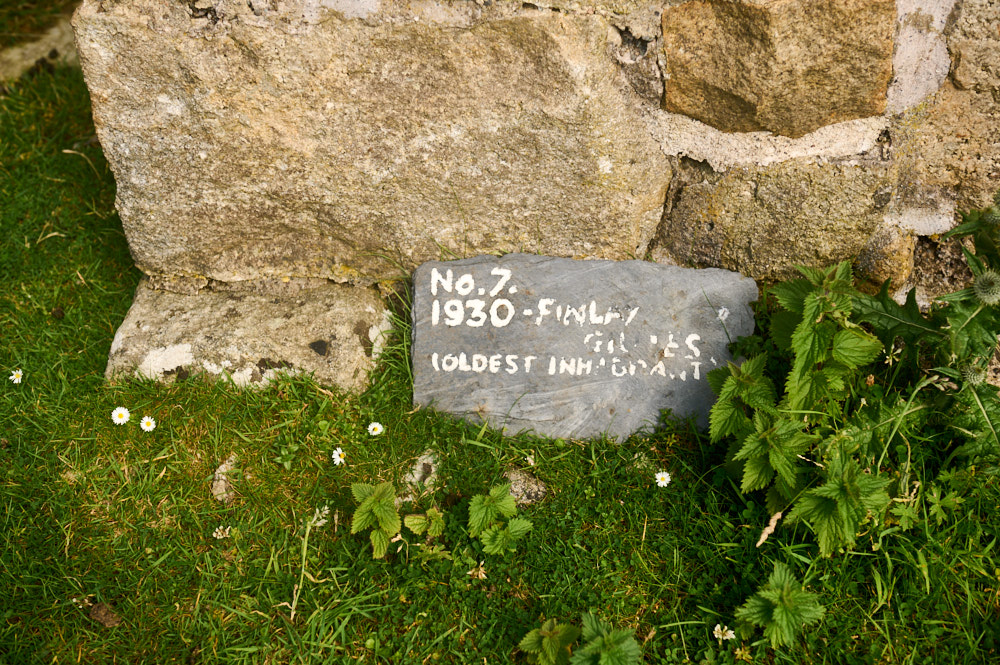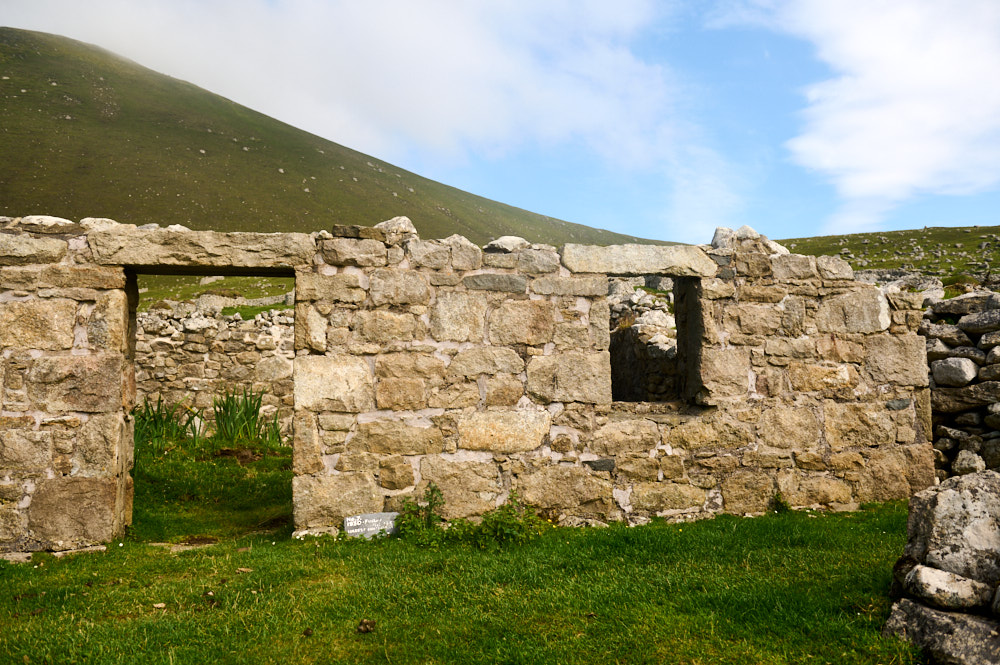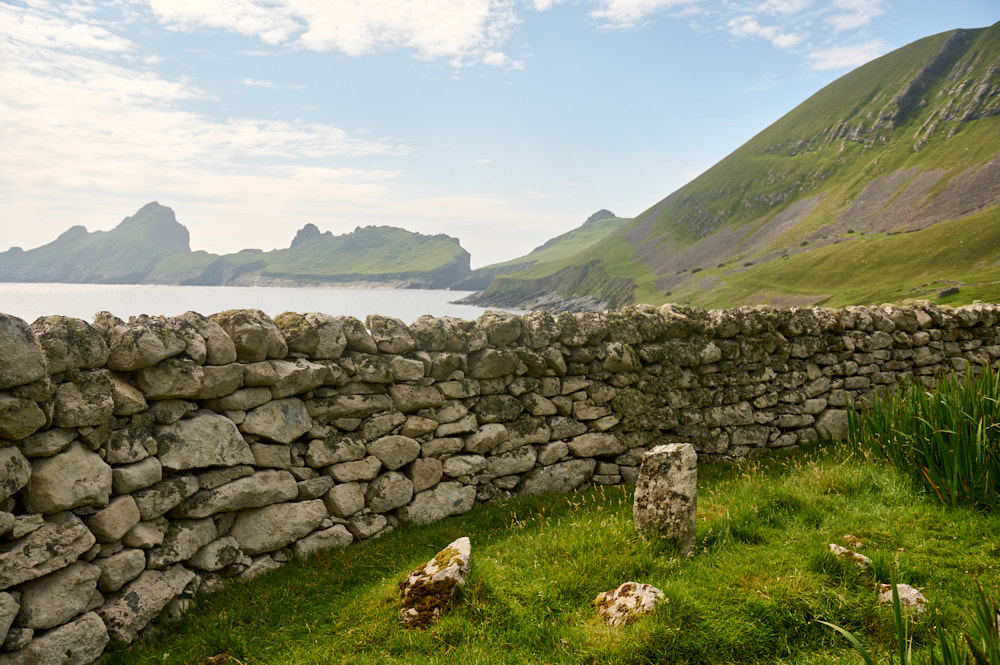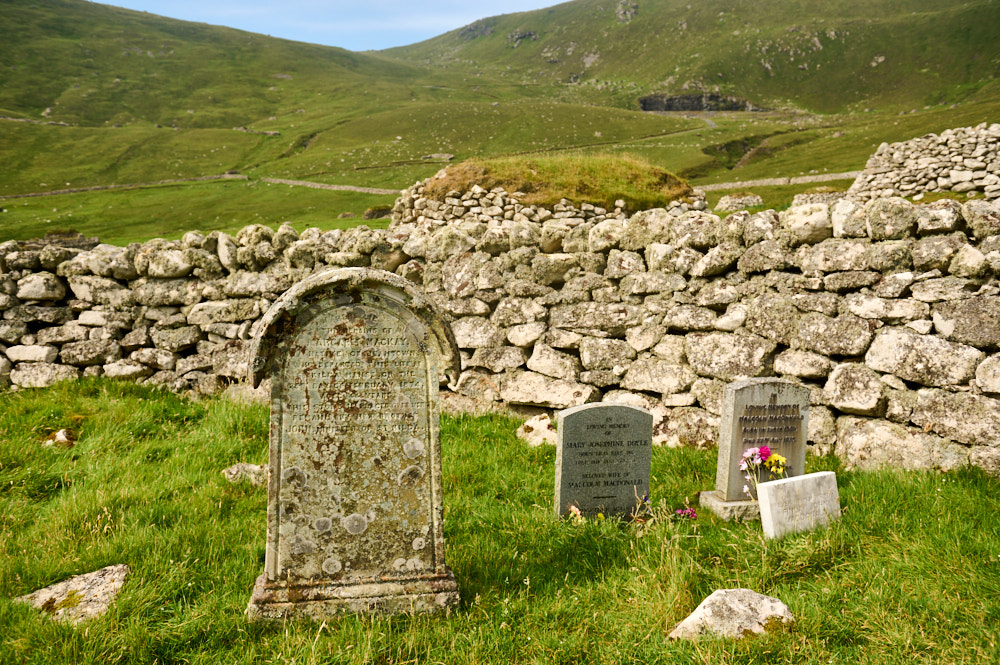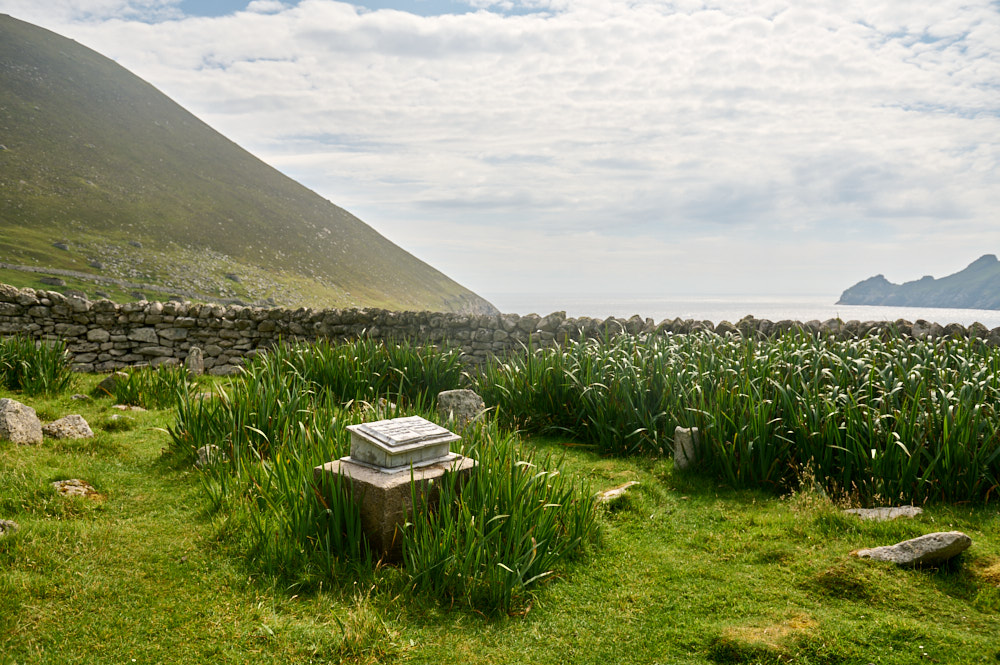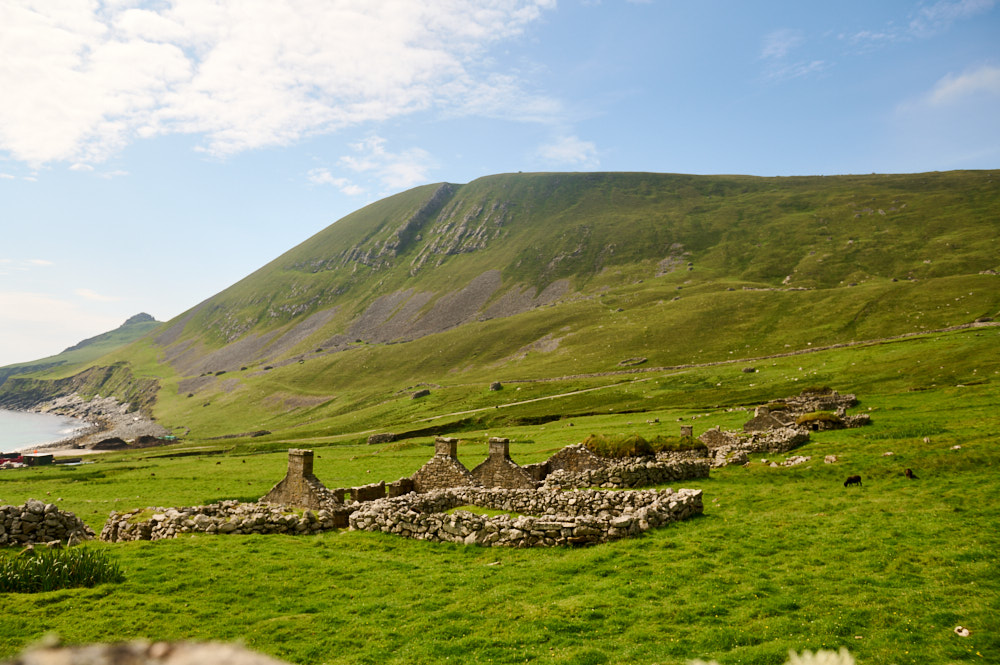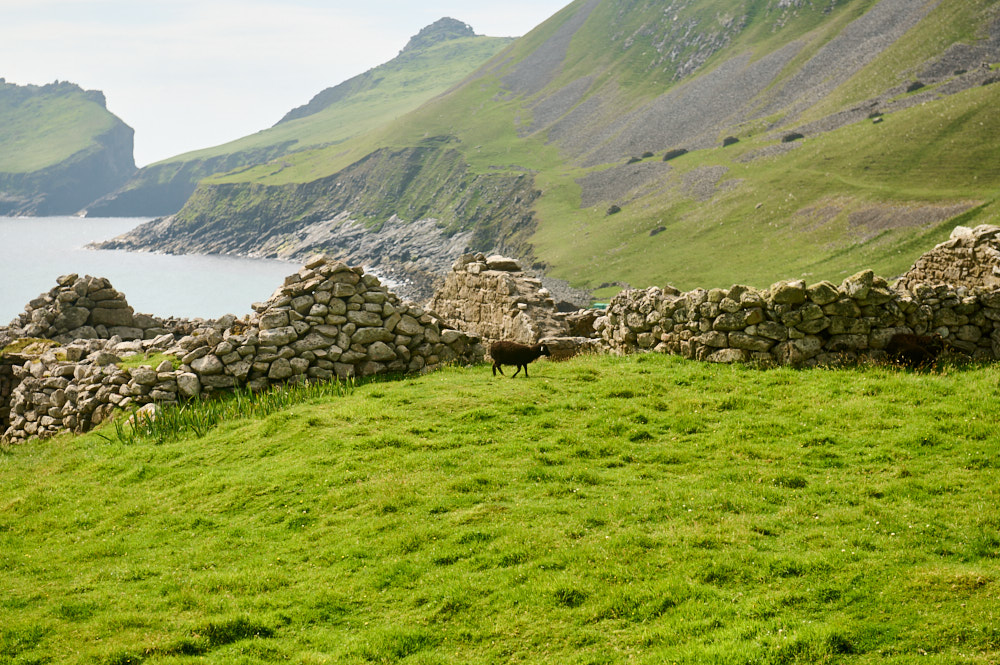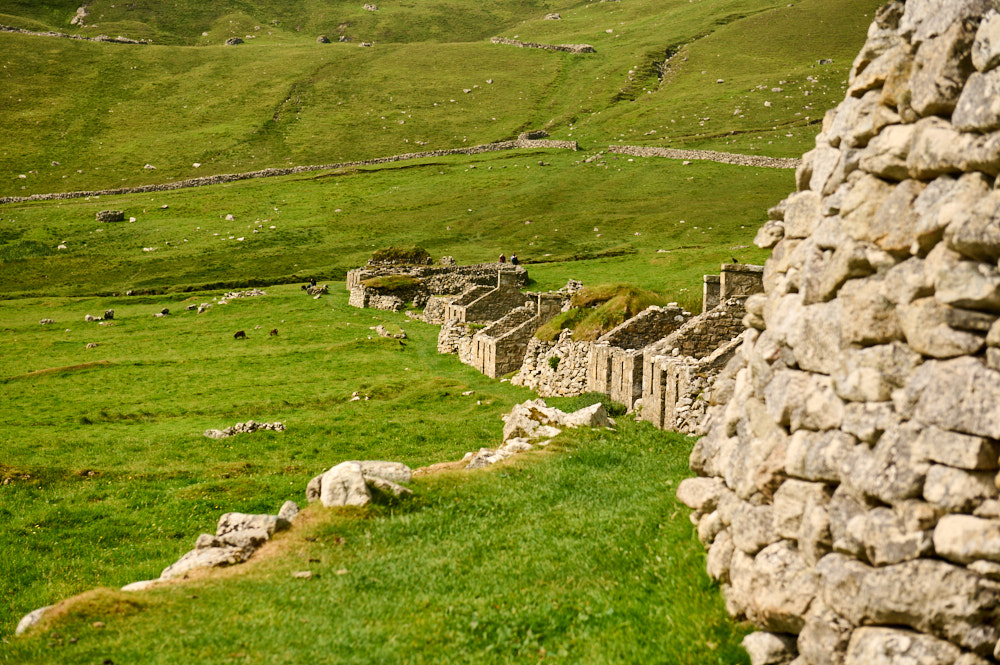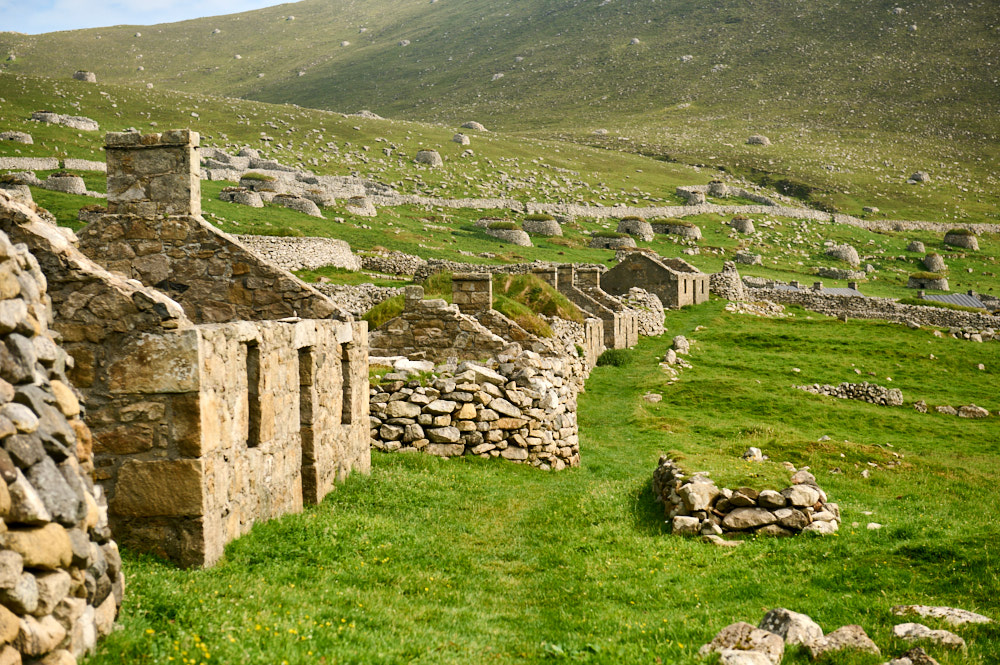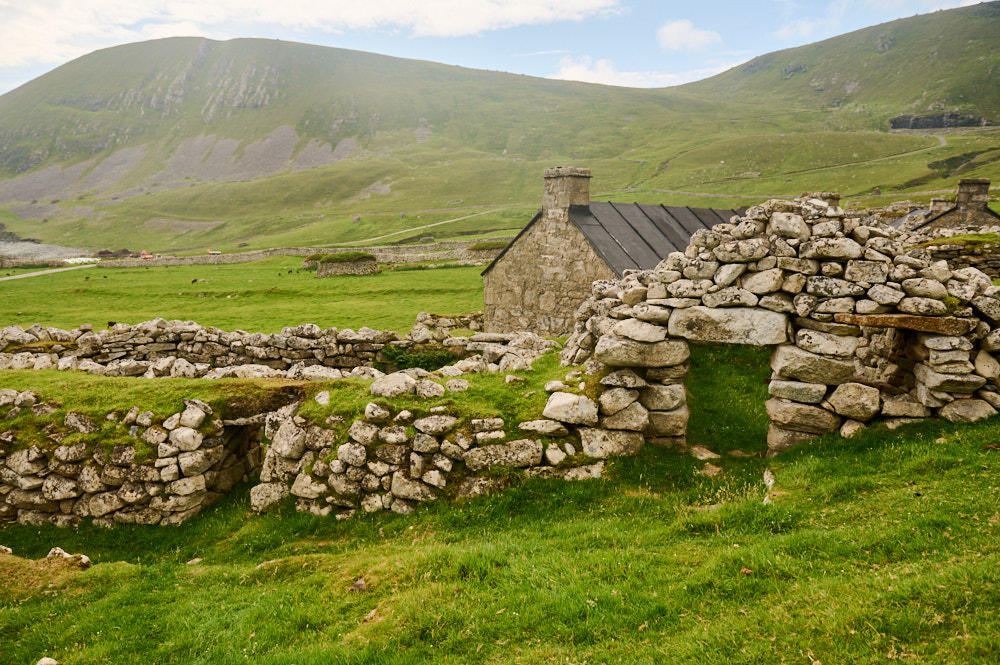
Back down in the village, our time on Hirta was almost over. I met some of the others and the rangers in front of the Manse and we spent the time chatting. The anniversary ladies were telling us more about their work party 50 years ago and the rangers told us about living half the year on Hirta.
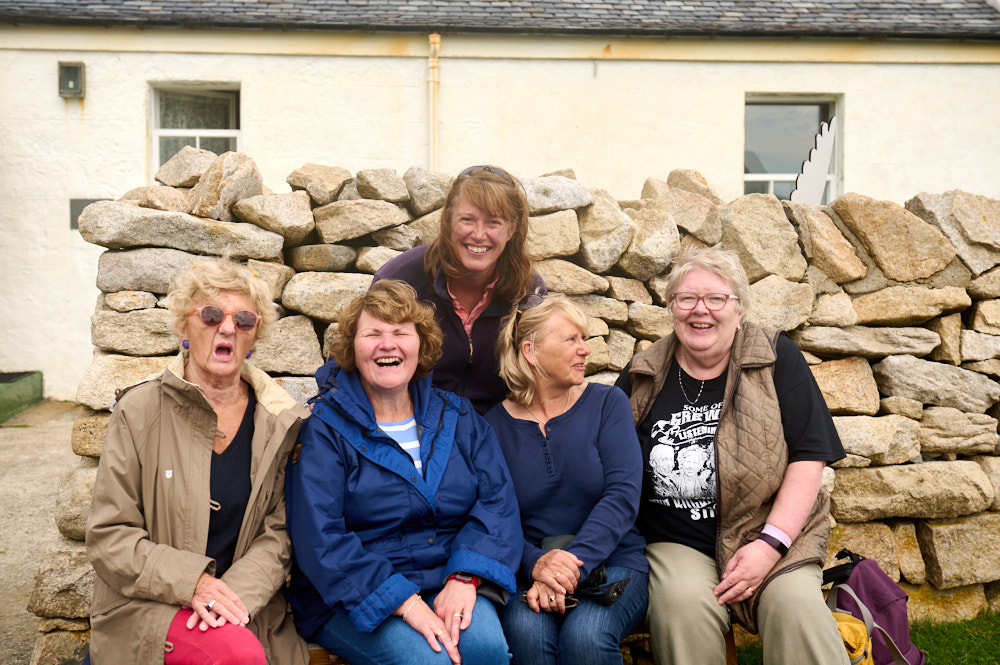
Almost everyone going up the hills had encounters with the bird bullies, but at least we had some stories to tell.
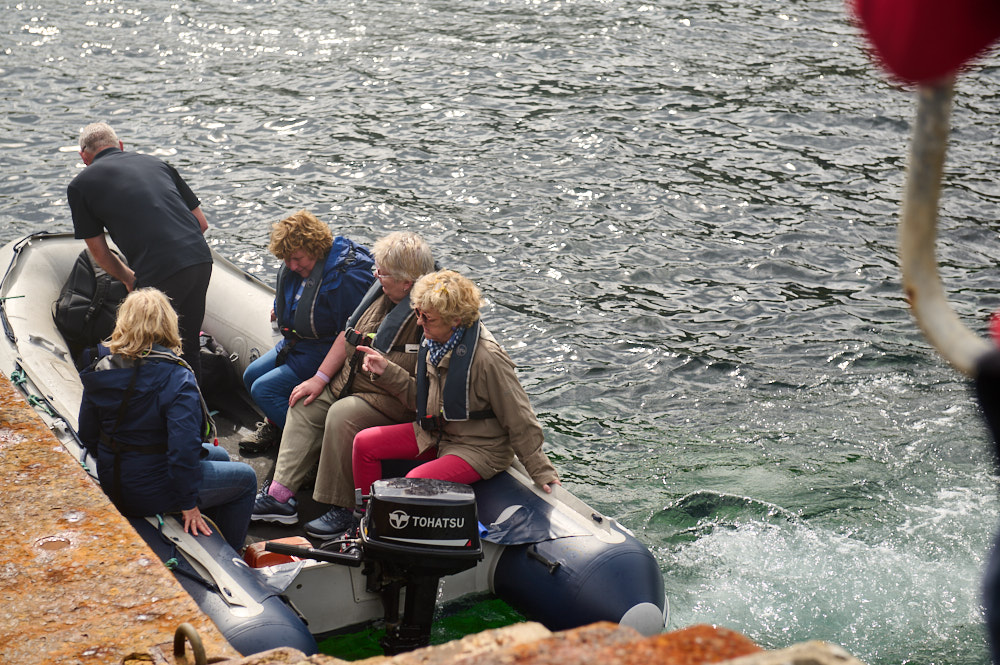
Our time in Hirta was over, we went back to our boat and started a little round around the St Kilda archipelago.

The old pier while I was waiting for my turn to go back to the boat.
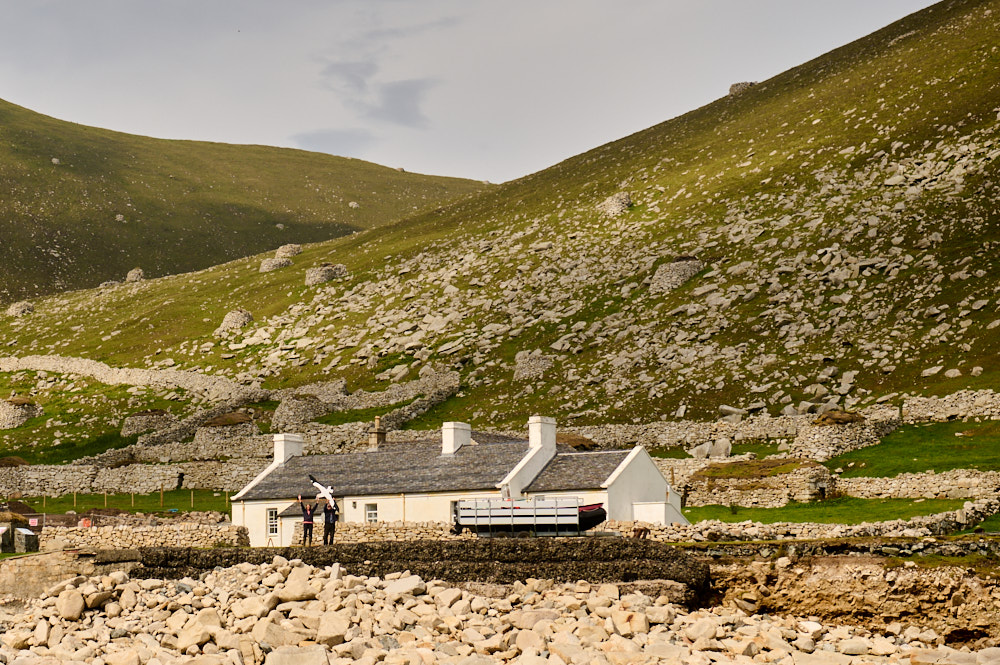
The two rangers waved us goodbye and maybe had some fun about our bird encounters. Regarding birds, St Kilda or the cliffs of St Kilda are home to around 1 million sea birds: Puffins, Fulmar, Gannets, Shearwater, Petrel, Kittiwake and Shags – they helped the St Kildians survive and are still breeding there today.
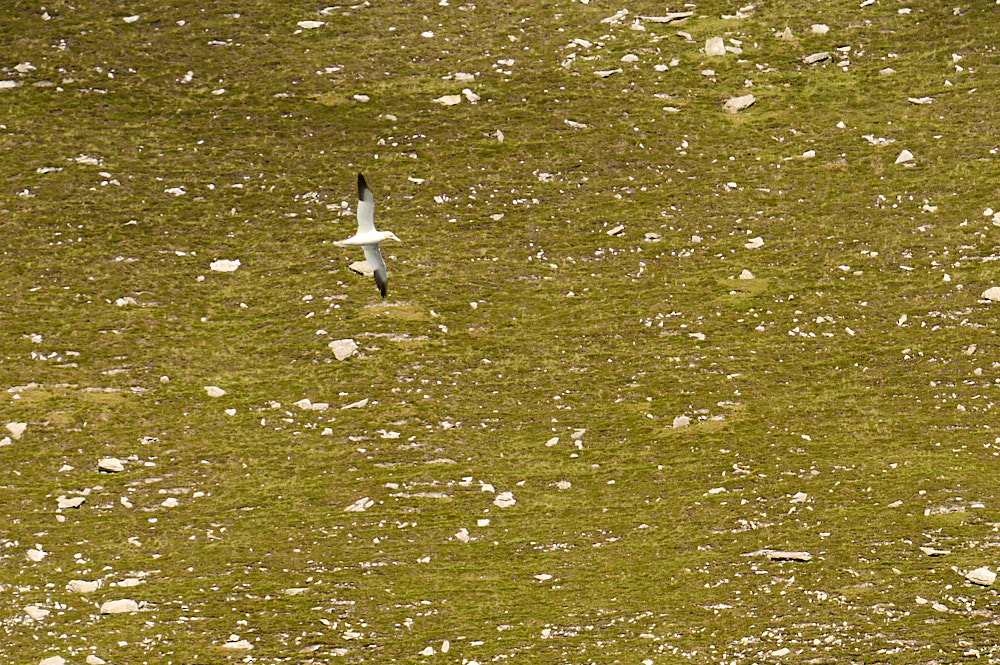
A gannet flying by – more to come..
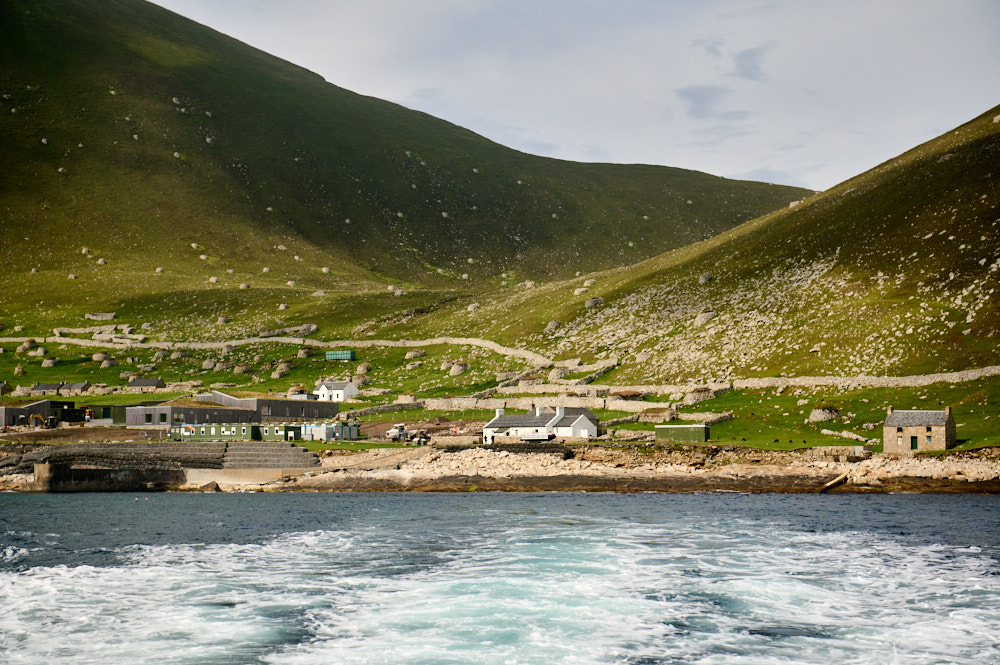
Looking back on Hirta and village bay.
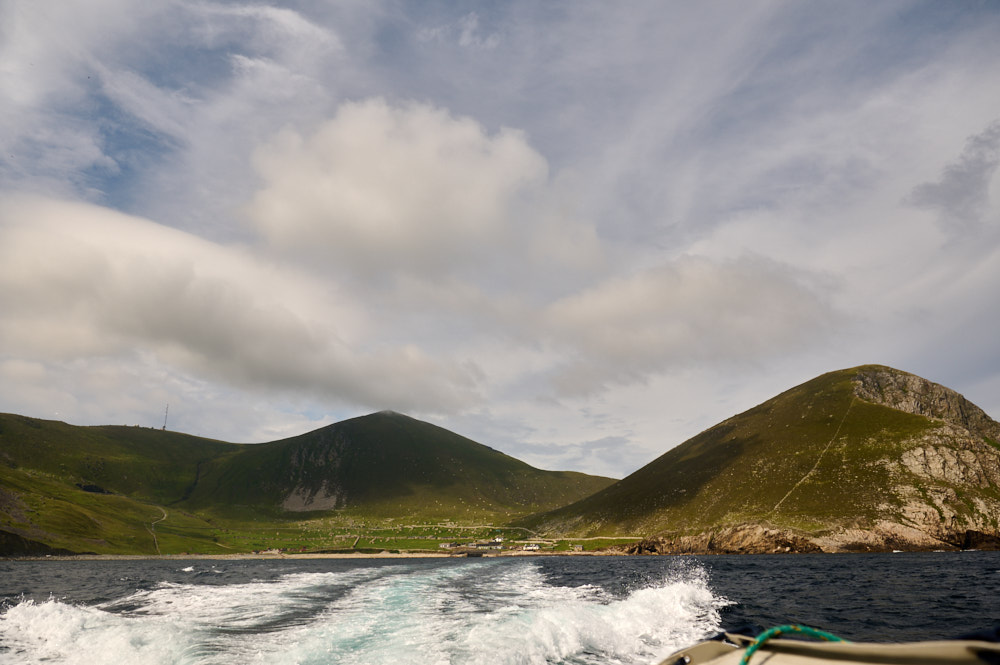

Soon we were surrounded by big swarms of birds – all the puffins one can imagine.
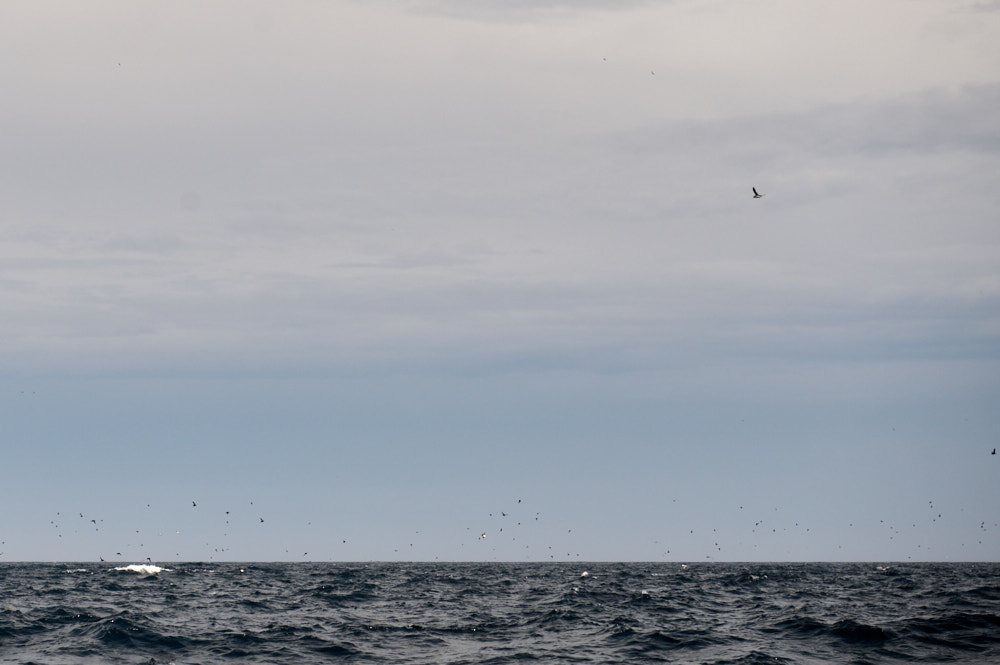

We were making our way around Hirta.
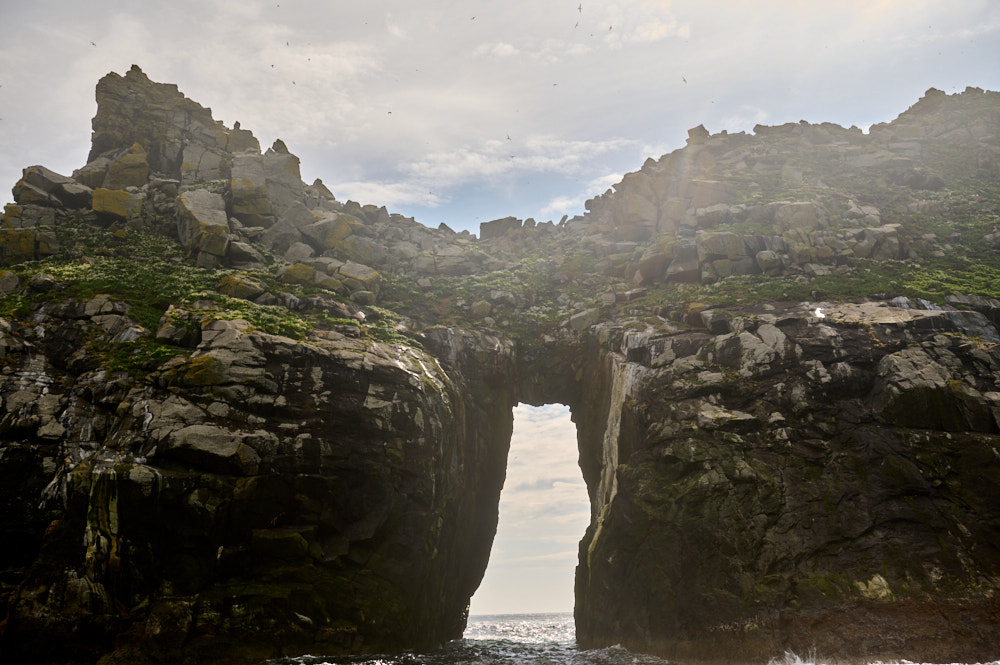

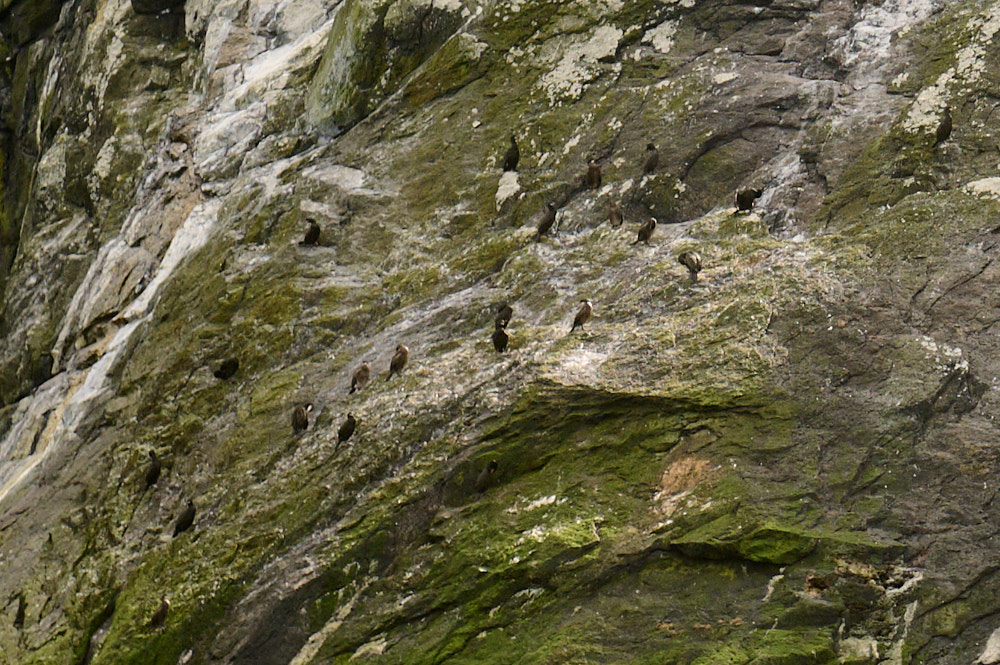
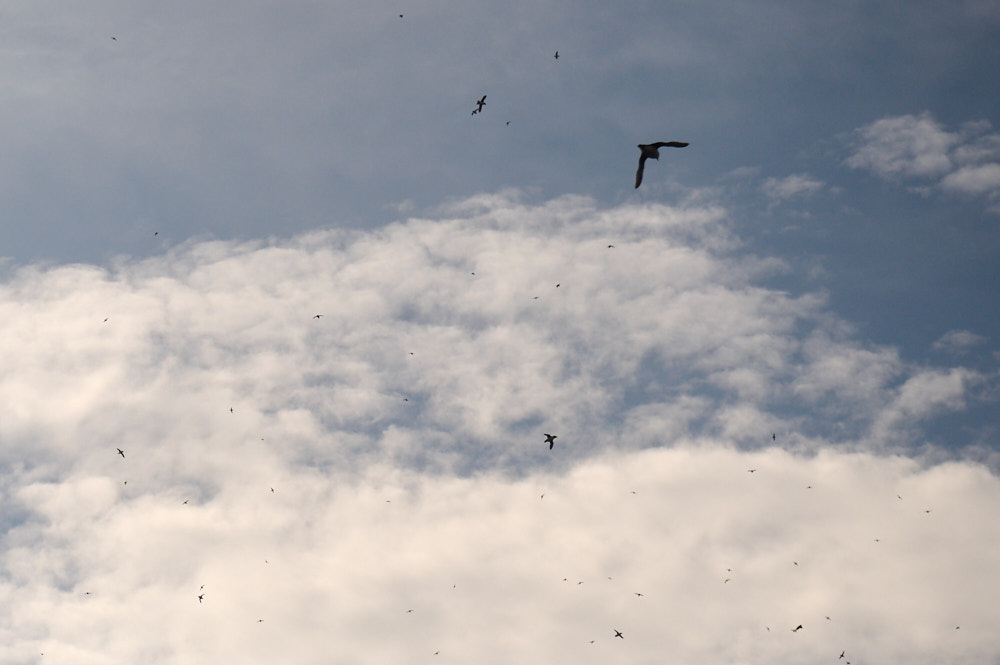
It was shortly before the end of the breeding season and the birds went back to the sea.
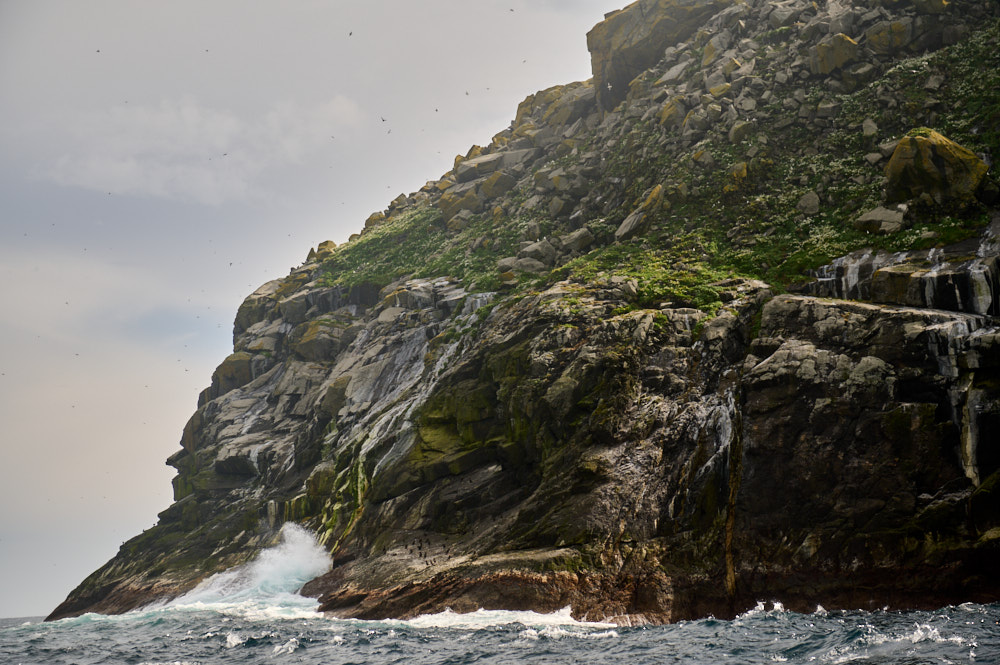

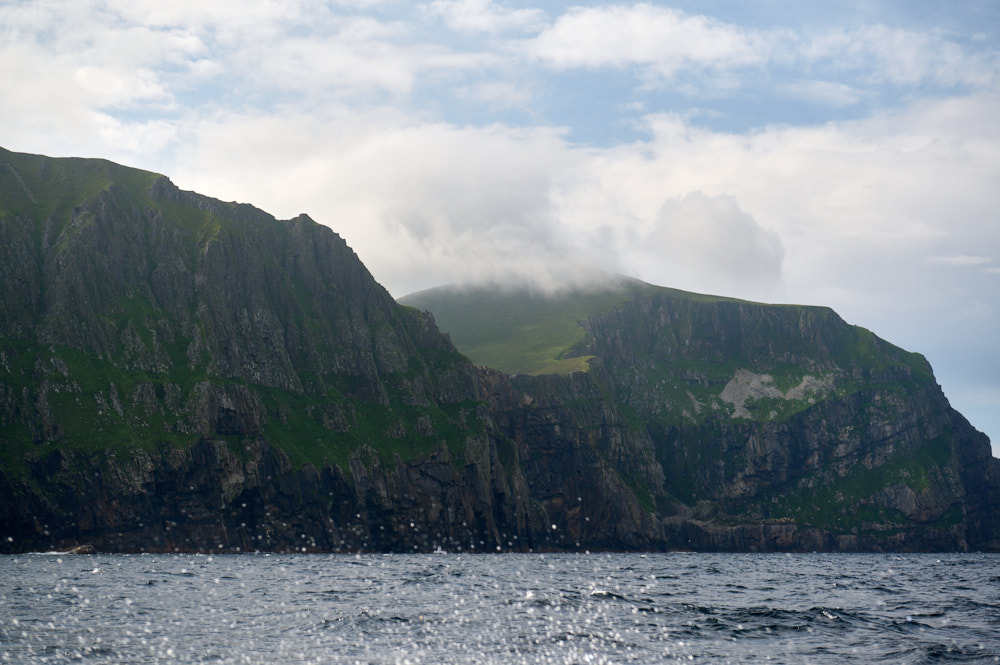
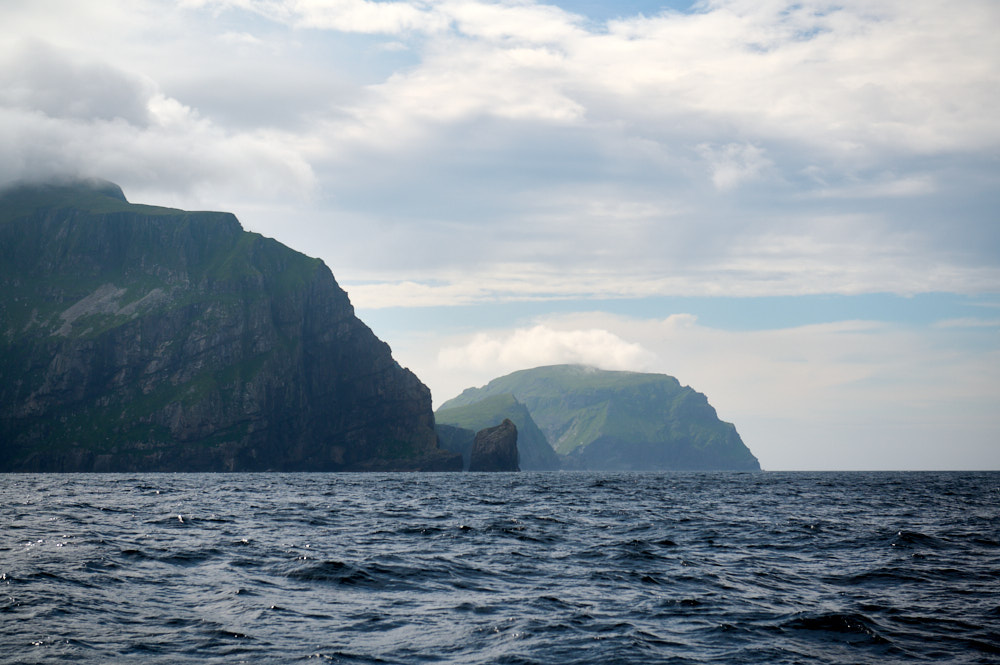
After a day full of calm water and sunshine, the first clouds started to set in. We were warned that the weather could change pretty quickly, we soon should be expiring that.
